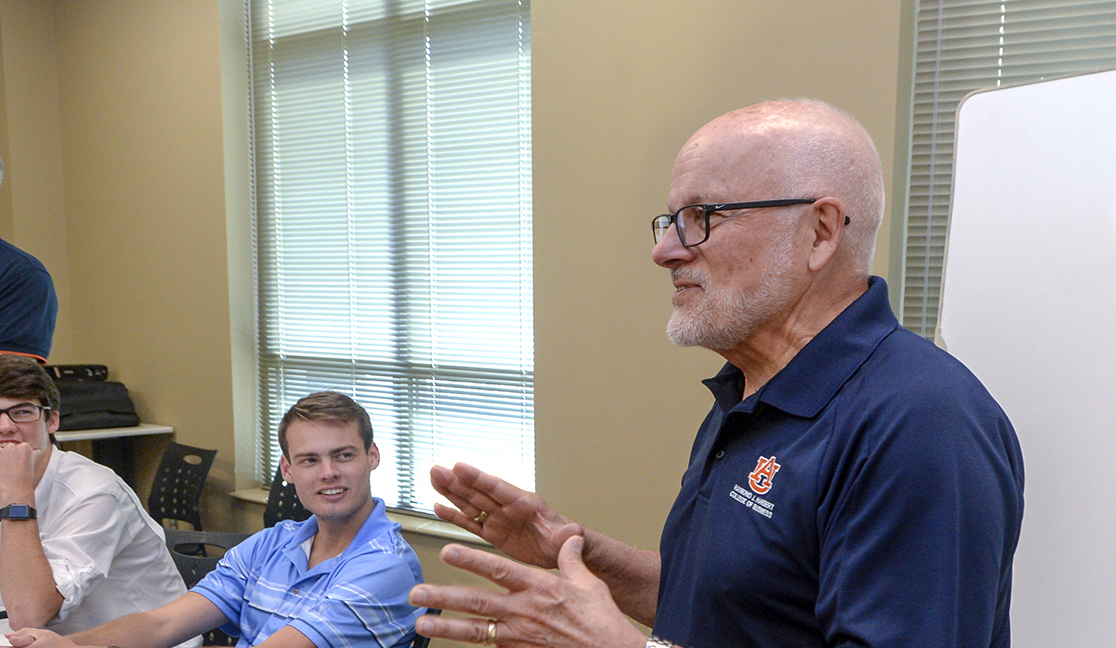
Some ask why I spend time teaching entrepreneurship to middle and high school students. Whitney Houston summed it up. “I believe the children are our future. Teach them well and let them lead the way.” If our society is to continue to flourish, we need to inspire our youth to think creatively to solve problems.
Technological advances over the past two decades have put information at our fingertips and made some of our daily activities easier. Some argue that the advances are making our youth lazy, that they are not challenged to develop breakthrough ideas.
Lazy? Did you pitch a business idea to a room of 200 business people when you were 13? Or 15? Or 17? Students involved in our youth entrepreneurship programs do that.
Youth entrepreneurship programs teach students about business and help them develop an entrepreneurial mindset. Our Tiger Cage Youth Entrepreneurship Program, or Jr. Tiger Cage, requires students to identify a problem or issue, develop a solution, and present their idea to a panel of business professionals. Instead of complaining about problems and issues in the community, they think of solutions.
In the process, students learn basic tools to help in idea generation, market research, and business development. They also learn basic business skills in finance, marketing, communication, and management. As they prepare to present their ideas, students gain confidence and develop presentational and analytical skills.
Through entrepreneurship, we’re inspiring the next generation to dream big, to think how something can be done differently and better, and to put up or shut up. By teaching students to develop an entrepreneurial mindset, we are teaching them to look at problems as opportunities and figure out how to find solutions and create value. Since many of the ideas developed involve some form of technology, youth entrepreneurship programs have the unique ability to inspire interdisciplinary collaborations between business and science, technology, engineering, and math.
A key feature of our Jr. Tiger Cage program is a week-long residential camp for low-income students. It’s the most demanding, but it is also the most rewarding. The camp is designed to let the students’ own ideas inspire them to go to college. By being on campus, going to the computer labs, and working with faculty, students gain awareness of the skills and knowledge needed to make their dreams real.
At the end of a week of intensive work, students pitch their concepts to a panel of business professionals. You can see jitters turn to joy as the judges take interest. The pride these students feel is more than bragging rights to a trophy. It’s a belief that they can change their own lives and the lives of those around them and an understanding that with training and education they can change the world.
Entrepreneurship and innovation have long been the drivers of our economy. I teach these things to our youth because it inspires the next generation to unleash their creativity and lead the way to a better future.
LaKami Baker
Russell Foundation Associate Professor of Entrepreneurial Studies
Managing Director, Lowder Center for Family Business and Entrepreneurship

